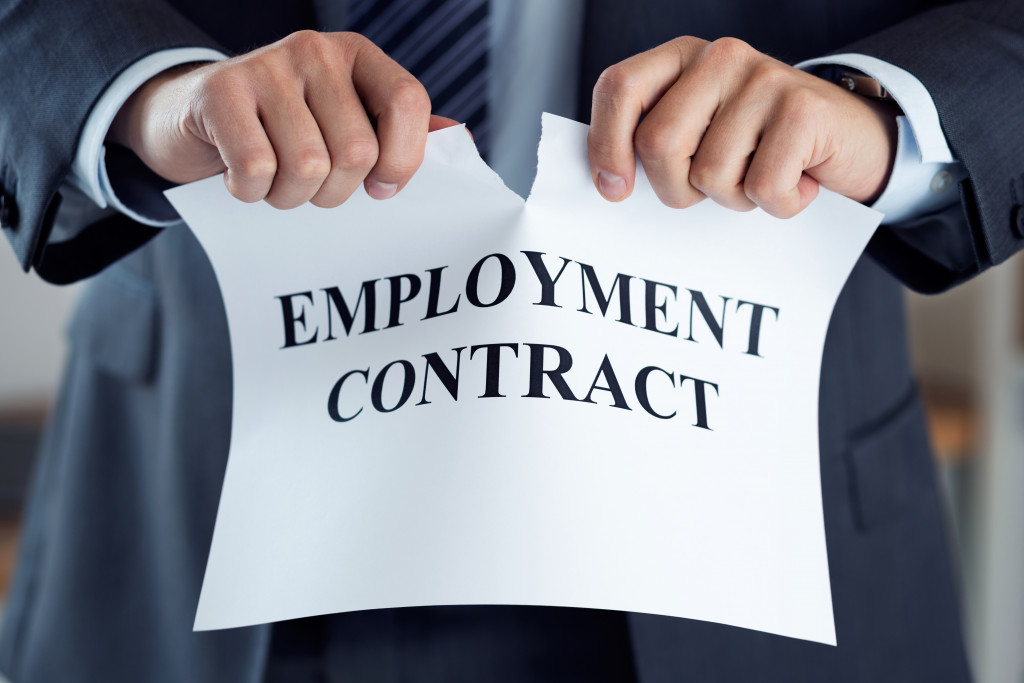Marriages are supposed to last a lifetime. Due to one reason or another, however, this is not always the case. And in these times, divorce is the unfortunate eventuality.
Most couples associate divorce with a drawn out and emotionally draining legal battle. There are, however, other routes of divorce other than court battles. One of the most popular ones is a mediated divorce. This involves you, your ex and a neutral third party sitting down to iron out various elements of your divorce.
For couples who choose divorce mediation in Long Island, having your lawyers present is advisable. This is because various legal aspects will be handled in the mediation, and legal advice is essential. Compared to other forms of divorce, mediation is more cost-efficient, amicable, customized and confidential.
One of the most popular reasons for divorce mediation is the short time it takes for couples to reach an agreement. The following are the primary phases of a mediated divorce.
Information Gathering and Discovery
The mediator in your divorce should be as well informed as possible on the facts surrounding your case. As such, mediation starts with the gathering of information. Some of the documents you and your ex will present at this stage include your tax returns, credit card, bank and mortgage statements, and your children’s birth certificates.
It is common for an ex to hide some of the documents that will impact the outcome of different divorce elements. If this happens, your divorce lawyer will petition the court to give an order for the production of these documents.
Negotiations and Agreements

Once a mediator has sufficient information on your case, your mediation’s agreement and negotiation begin. Your parenting plans, child custody and support, alimony, and the distribution of assets are some of the elements discussed in this phase.
There are times when your interests and those of your ex in different elements will overlap. In these times, your lawyer’s advice on the best way forward will prove essential so that your rights are protected in the choice you make.
Document Drafting
After your conversations are over and you have reached various agreements, the mediator drafts a memorandum of understanding. This reflects all your agreements and conversations. Your divorce mediation’s MOU forms the basis of your divorce agreement.
Divorce Filing
At the end of your mediation, the courts are alerted on the intent of your uncontested divorce. Divorce filing includes your mediation’s MOU, along with various forms and worksheets. The forms needed for divorce vary in different states and have different requirements.
One of the biggest misconceptions of the above stages is that the mediator will decide what is fair for your divorce. The mediator is, however, only a facilitator for the communication between you and your ex. As such, all the decisions you reach in mediation solely reflect your wishes and those of your ex. But of course, it is not possible for both of you to get 100% of your interests met in mediation. As such, you might have to compromise on various elements under the guidance of your attorney.







